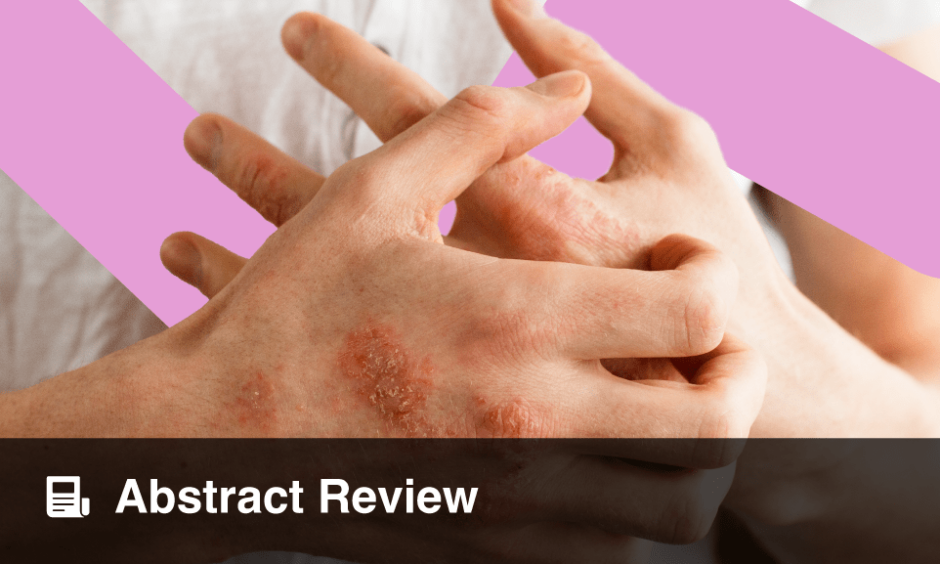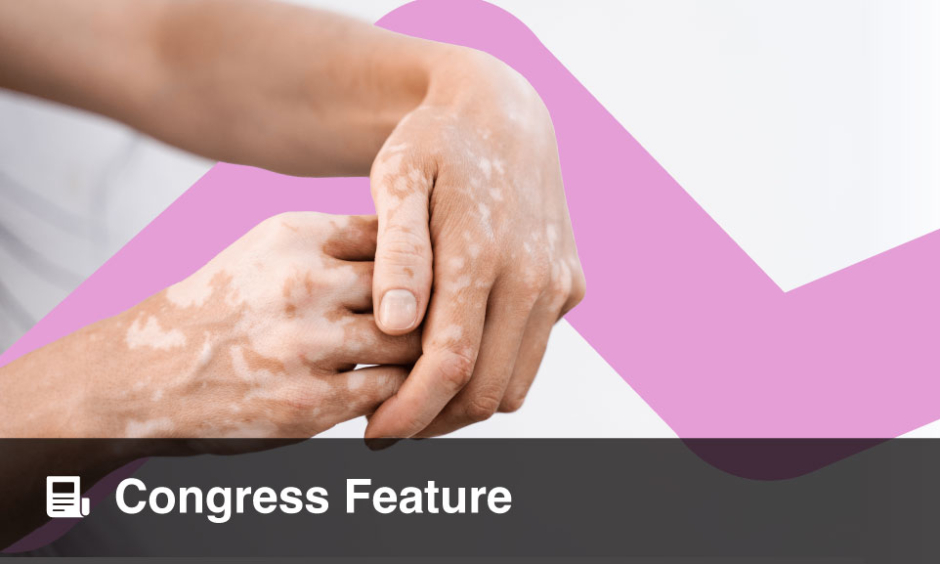ANTIBIOTICS can cause serious cutaneous adverse drug reactions (cADRs) in response which is a potentially life-threatening hypersensitivity reaction affecting both the skin and internal organs. A new study, led by Erika Lee, University of Toronto, Ontario, Canada, has compared the risk of these reactions across different classes of antibiotics.
Also known as toxidermias, cADRs can manifest as toxic epidermal necrolysis which has a known mortality rate of 20–40%. While previous research has identified antibiotics as a risk factor for cADRs, this study is the first to assess the varying risks associated with different antibiotic classes.
Over 20 years, the research analysed data from a large cohort of elderly participants, aged 66 and older, totalling 3,257,181 individuals. Within this cohort, 21,758 experienced antibiotic-related cADRs, compared to a control group of 87,025 individuals who did not develop such reactions.
The study revealed that certain antibiotics, particularly sulfonamides (adjusted odds ratio [aOR] = 2.9), cephalosporins (aOR = 2.6), nitrofurantoins (aOR = 2.2), penicillins (aOR = 1.4), and fluoroquinolones (aOR = 1.3), significantly increased the risk of developing cADRs, and were associated with to higher rates of hospitalisation and mortality, compared to macrolides.
The study focused on older adults, who are particularly vulnerable due to high antibiotic use, and confirmed that sulfonamides and cephalosporins posed the highest risk for cADRs. The results reinforce the suggestion for healthcare practitioners to consider the potential risks associated with different antibiotics, opting for lower-risk antibiotics when clinically appropriate.
Katie Wright, EMJ
Reference
Lee EY et al. Oral antibiotics and risk of serious cutaneous adverse drug reactions. JAMA. 2024;DOI:10.1001/jama.2024.11437








